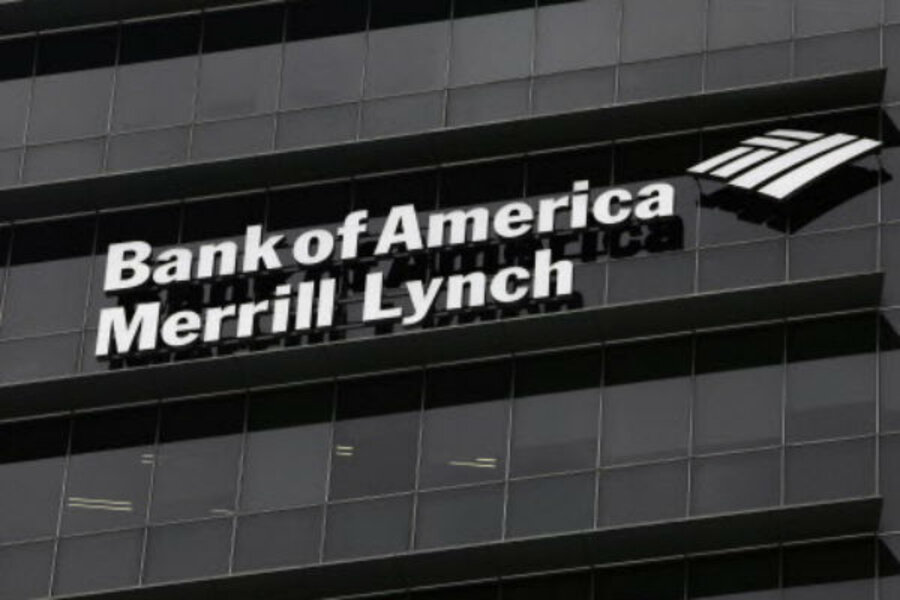Fund managers show trend toward the risk-averse
Loading...
This is kind of interesting, Bank of America Merrill Lynch is out with their June Survey of Fund Managers and the asset allocations are getting heavily risk-averse. This is classic late-stage downtrend behavior and it goes a long way toward explaining why the rallies are so sharp and fast when they materialize - way too many fence-sitters and sideliners out there amongst the pros:
Asset allocators have been adjusting portfolios in the face of falling world markets, significantly reducing their holdings in equities, according to the survey completed between June 3 and June 9. The net percentage overweight equities fell to 27 percent from 41 percent in May, with Europe leading the way. The proportion of investors underweight eurozone equities rose to a net 15 percent from a net 1 percent. The proportion of investors overweight commodities fell to a net 6 percent from a net 12 percent.
A net 18 percent of asset allocators are now overweight cash. This represents the highest cash overweight level since June 2010 and a sharp move upwards from last month's reading of a net 6 percent. Investors have an average cash balance of 4.2 percent of their portfolio, up from 3.9 percent in May. The proportion of investors taking lower-than-average risk across their portfolios has risen to a net 26 percent from a net 15 percent in May.
Bonds, unloved throughout much of the past two years, have enjoyed a recovery during the past two months. A net 35 percent of asset allocators are underweight bonds, compared with a net 58 percent in April and 44 percent in May.
But resist the urge to do a knee-jerk "fade the herd" thing here minus other considerations. This can persist (and worsen) for longer than you might think given the political and economic shitstorm we're witnessing around the globe.








